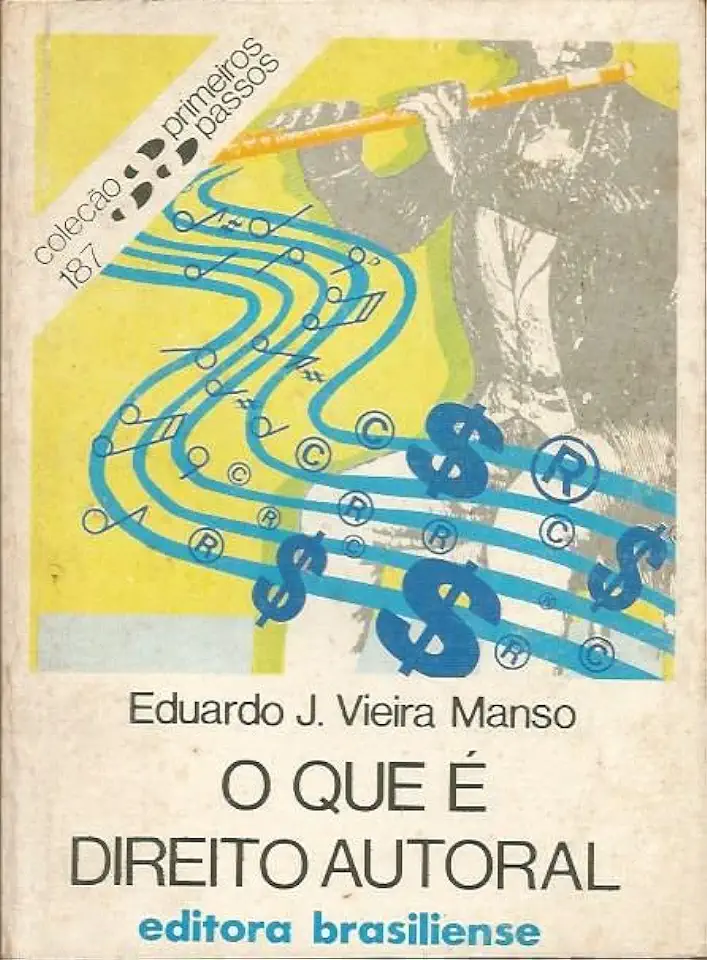
Copyright - Eduardo J. Vieira Manso
Copyright: A Guide for the Perplexed
Introduction
In the digital age, copyright has become more important than ever. With the ease of copying and sharing digital content, it is essential to understand your rights as a creator and how to protect your work.
This book provides a comprehensive guide to copyright law, written in a clear and accessible style. It covers everything you need to know about copyright, from the basics of copyright protection to the latest developments in the law.
What is Copyright?
Copyright is a legal protection that gives the creator of a work of art, literature, or music the exclusive right to control how it is used. This includes the right to reproduce, distribute, perform, and display the work.
Copyright protection is automatic and arises as soon as a work is created. However, it is important to register your copyright with the U.S. Copyright Office to obtain the full benefits of copyright protection.
What Works are Protected by Copyright?
Copyright protection extends to a wide range of works, including:
- Literary works, such as books, articles, and poems
- Musical works, such as songs, operas, and symphonies
- Dramatic works, such as plays, musicals, and operas
- Choreographic works, such as dances and ballets
- Pictorial, graphic, and sculptural works, such as paintings, drawings, and sculptures
- Motion pictures and other audiovisual works
- Sound recordings
How Long Does Copyright Protection Last?
The length of copyright protection varies depending on the type of work. For most works, copyright protection lasts for the life of the author plus 70 years. However, for works created before 1978, the copyright protection may be shorter.
What are the Rights of a Copyright Owner?
Copyright owners have a number of exclusive rights, including the right to:
- Reproduce the work in copies or phonorecords
- Distribute copies or phonorecords of the work to the public
- Perform the work publicly
- Display the work publicly
- Create derivative works based on the work
What are the Limitations on Copyright Protection?
There are a number of limitations on copyright protection, including:
- The fair use doctrine, which allows for the limited use of copyrighted material without permission for purposes such as criticism, comment, news reporting, teaching, and research
- The first sale doctrine, which allows the owner of a lawfully made copy of a work to sell or transfer that copy without the permission of the copyright owner
- The library and archives exception, which allows libraries and archives to make copies of copyrighted works for preservation and research purposes
How to Protect Your Copyright
There are a number of things you can do to protect your copyright, including:
- Register your copyright with the U.S. Copyright Office
- Use a copyright notice on your work
- Keep records of your创作过程
- License your work to others only on your terms
- Monitor the use of your work online
Conclusion
Copyright is a valuable tool that can help you protect your creative work. By understanding your rights as a copyright owner, you can take steps to ensure that your work is used in the way you intended.
This book is an essential resource for anyone who wants to understand copyright law. It provides a comprehensive overview of the law, written in a clear and accessible style. Whether you are a creator, a publisher, or simply someone who wants to learn more about copyright, this book is a must-read.